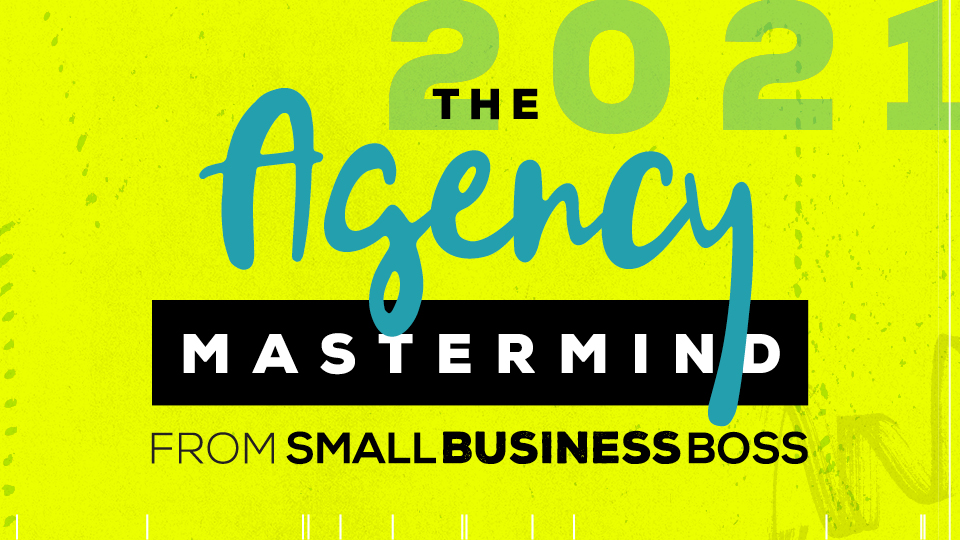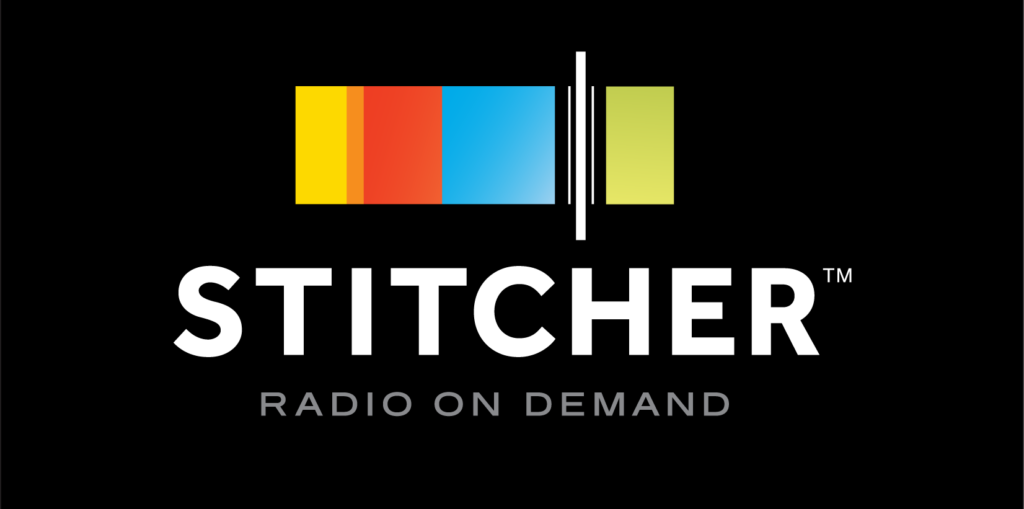
The 5 Cs of Agency Success
If you’re running an agency, or thinking about running one, there are certain things you definitely need to make your life easier, and to succeed overall. But what are those items? And what might you be missing? In this episode I’m introducing you to the 5Cs which can make (or break) your agency.
Over the last few weeks we’ve talked about everything agency, because for many service business owners this model is a proven, viable way for them to continue to grow.
But there’s one thing we still need to talk about, and those are some of the key success factors for building and running an agency. Last month, we hosted the members of the current agency mastermind in a three day virtual retreat. During our time together, the majority of the things we talked about fell into these five areas.
Because while the 5Cs are a catchy way to remember these things, they’re also incredibly practical. Through my years of experience working in and with agencies, and now running my own, there are five things that are really and truly the nuts and bolts of building and growing your agency.
Clients: Locking Down Your Lead Gen
I get it. If you’re thinking about the agency model or have already made the jump, you’ve likely got more clients than you know what to do with. I know for me, I fell into this model because I had more work than I had time or energy.
But here are the facts of growth as an agency. It’s about way more than having clients. It’s about having a game plan for how you’re going to grow, and that means having your lead gen systems locked down.
No agency is built on being passive about finding clients. If you’re depending on a single lead source, or you’re unsure about where your clients come from, it’s time to get proactive.
Vision and faith are one thing, but if you’re going to make it real, you need a plan. Your plan should start with getting clear KPIs around your lead gen process. How many leads do you get in a month? Where do they come from? What’s your close rate? What are your best lead sources? What’s the time between first contact and getting started? The more data you can get here the better, as it will help guide your efforts moving ahead.
Next, you need a plan for getting leads in new ways. What that is exactly will depend on what you’re doing today. But unless you’re a total brand name in your industry, you’re going to need to have more than one lead source.
The real goal in all of this should be to nail down your lead gen game plan before anything else. Because many agencies won’t make it as they focus on all the internal things, which in my book, can always be figured out WHEN you actually have the clients.
Because as I say at least once a month on the podcast, no clients means you don’t have a business. If you want to grow a business, you need more clients. Period.
Capabilities: Building Up You and Your Team
One of the things I talk about the most with other agency owners is capacity. But the truth is, you need to stop worrying so much about capacity, and start thinking more about capabilities.
When I talk about capabilities, I mean your capabilities as a leader, as well as those of your team. While capacity is about fulfilling your commitments to your clients, capabilities is about having the skills needed to do so.
If you’re familiar with the book Rocket Fuel, you’ve heard the terms integrator and visionary. And guess what: if you own the agency, you’re likely the visionary, and for you to do visionary work that moves the business ahead, you need someone that can run the day-to-day.
In the early stages of your agency, you can likely handle doing both roles, but this is NOT sustainable. Especially as for most of us, we’re doing primarily integrator type work for our clients. We’re not running their businesses, we’re executing on what needs to be done to make the overall vision a reality.
When you frame it up like that it’s easy to see how it’s not sustainable for you to be the visionary and integrator in your business and do integrator work for your clients. It’s simply too many hats, and guess what will suffer? Your role as the visionary.
Which is why you need to build space for you to have room to be in that visionary role. You need to have the capabilities for doing that work. The ongoing work of leadership will challenge you in ways you don’t expect.
Then comes the capabilities of your team. To deliver to clients you need specific skill sets, otherwise everything will fall back to you. This can be functional work, client service skills, project management or specific skills around billing, accounting, or other essentials.
If you have a team right now, stop worrying about putting names on positions and think more strategically about what roles you need filled. The capabilities should drive your hiring and staffing decisions, not trying to shoehorn people into specific roles. Yes, you can develop skills for some things, but you need to be realistic, as some things simply aren’t going to work.
Case in point: early on when we hired Sara, she had some extra cycles so we handed her some design work. Newsflash: It didn’t go well. She’d never done any design before, and it’s not how her brain works. In hindsight, it was a bad decision, where we were trying to fit someone on the team into a role versus figuring out what capabilities we really needed.
Plus, we need to be realistic. No one person can do all the things, and we need to stop looking for unicorns. Give your team the power to do what they do really well, and then build out your capabilities as needed.
Capacity: The Dance of Too Much vs Not Enough
Capacity is a significant struggle for most agency owners as we’re always looking for a sweet spot between having some capacity and not being overloaded.
I want you to know this is entirely normal. There’s no magic formula or capacity meter that can fix this.
There are many different ways of managing capacity, and ultimately, it comes down to how much risk you want to incur. For example, with lead capacity planning, you’re going to plan ahead and hire so you have the capacity. The problem being that things may change in your plan and you may have excess capacity. On the flip side, lag capacity planning has you building capacity after you actually need it, which again, creates risk around your ability to get the work done.
My take: I like to run my agency with about 10-15% capacity available. Being maxed out makes everyone miserable, and I want to have room for spikes in activity with clients, or to take on new clients. Monitoring that capacity on an ongoing basis tells me when and where we need to hire in order to maintain that margin.
Finally, if you’re so maxed out you feel like everything is on fire OR you’re going to have to go work at Starbucks, you need to fix your capacity stat. And don’t go taking on any new clients.
If you’re wondering how about to fix your capacity issues, it’s usually about hiring someone to build more capacity. Which brings me to the next C, which is cash.
Cash: Risk Mitigation with Budget and Cash Flow
When you’re building a team-driven services business, you need cash. You need cash flow. You need to manage your money like a total boss.
Let’s talk first about cash flow. If you have a team, you need enough money so that you’re essentially ahead of the game. I’m not a finance professional, but I can tell you this: you need a cash buffer in your business so you can sleep at night.
Ups and downs in revenue are normal, and your buffer will save your bacon and keep things steady when things are in a down cycle. How much you need it entirely based on how risk tolerant you are, how long it takes clients to pay you and so on.
Next is dealing with ongoing expenses and managing your budget in a way where you can reinvest in the business as needed. This may be a new hire, a capital investment or something else, but you need a plan for your cash so you can mitigate risk.
My risk tolerance is much lower as an agency owner than it ever was as a solopreneur. I’m not just responsible for paying my salary, but the invoices and payroll for my team as well. That’s meant that I’m more measured with my investments and I prioritize saving.
It also means I no longer treat the business like my piggy bank. If I take a draw, it’s typically conservative based on profit and cash on hand.
If you’re not doing so already, I highly recommend you get clear on all your KPIs related to your revenue and money. Having nearly real-time insight into what’s happening will provide you with the info you need to make smart decisions.
Cachet: You Can’t Afford to Be Bland
Originally I created this framework with only 4 Cs, but I’ve added a new one that can’t be overlooked –– cachet.
This is really about your brand. If you want people to hire your agency, you need to stand out. You need to be respected. You need to be known for what you do and how you do it. Your values and approach need to be front and center.
Fact is, you can’t just be another bland, boring agency. The world is full of those already. Ones that all sound the same and act the same.
You need to communicate your value proposition clearly and confidently to the market. This doesn’t mean you need to invest tens of thousands of dollars into your branding and marketing, but it does mean you better figure out why your clients should hire you over anyone else. Then, you need to tell them and get really specific about it.
Your cachet needs to be front and center in how you communicate and market the agency, right down to your sales calls and proposals. (I mean, yes, your website and social media, but that seems obvious to me.)
The other thing to keep in mind is the cachet of the agency can’t simply be you. If you do that you’re backing yourself into a corner where you’re going to have to be the face of the business and the one bringing the brand to life every day.
As the saying goes, start as you mean to continue, so if you’re really building an agency, take your special sauce and bake that into your brand’s cachet. Codify it and infuse it into everything so it becomes natural to everyone on your team. Because the day will come when you don’t want to be the only one who’s client facing or doing sales calls or whatever.
The Agency Model Runs Differently
As we wrap up this series on the agency model, I hope you’ve taken something away to get you thinking about how your business can grow and thrive using the 5Cs. Agencies are a different beast, so it’s important that we take that into account, and not allow celeb entrepreneurs to distract us from these fundamentals.
While this series is a wrap, just know that we’ll be talking about it again soon enough. As someone running this type of business day in, day out, I have a vested interest in continuing to talk about it, and using the podcast as a way to get behind-the-scenes of other agencies.
If you’re looking ahead and thinking about how to grow your business using the agency model, you may want to check out the Agency Mastermind. You can put your name on the waitlist now.



